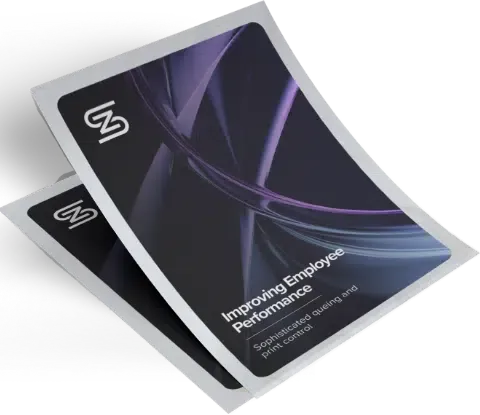Introduction
When it comes to workflow automation in print-on-demand industry, how to implement your automation solution varies greatly between sites because each site has different .
This range of solutions is designed to accommodate varying data volumes and distinct latency requirements that different clients encounter. From small enterprises managing modest data loads to larger organizations grappling with substantial data transfer and rapid processing needs, ZenSmart’s installation options are crafted to address these varied operational demands and scales.
Solution alternatives
In implementing an automation solution entirely cloud based SaaS approach is almost assumed as the default decision. Our philosophy is that 5 factors drive which implementation approach is best suited for each site:
- Order volume
- Average order file size
- Minimum acceptable latency between imposition and the press
- Cloud network redundancy and SLA criticality
- IT Operations availability at the site
Reflecting these characteristics unique to each site, ZenSmart has been designed with a common architecture that can be implemented in three different installation modes:
- Local (on-premise)
- Cloud-based
- Hybrid model (combination of local and cloud)
So, lets briefly look at the pro’s and con’s of each approach
OPTION 1: Local Installation: Security and Speed
A local installation of ZenSmart operates entirely within the client’s infrastructure, offering complete management and control over file movement, hardware selection and printing process latency.
Pros:
- Security: Data and processes are contained within the client’s premises, enhancing security.
- Speed: Efficient transfer of large print files over the local network.
Cons:
- Higher Costs: May require significant investment in hardware and infrastructure.
- Resilience: Susceptible to local disruptions like power outages or internet issues.
- Skills: Requires local IT Operations capability to manage the local network and hardware
Why is this approach selected?
Usually because the order volume and file size results in a total data volume that if there were cloud elements involved would require substantial Internet bandwidth with a high probability of congestion between the imposition server and the press because of Internet bandwidth constraints. In some of our sites many Terabytes a day in data are being shifted and this is a critical driver for this sort of approach.
OPTION 2: Cloud Environment: Flexibility and Cost-Efficiency
A cloud-based setup of ZenSmart is managed and maintained by the Pictureworks Group, offering a virtually managed operation space.
Pros:
- Lower Upfront Costs: Reduces the need for substantial initial hardware investment.
- Remote Accessibility: Allows management and access to operations from any location.
Cons:
- Internet Dependence: Potentially slower processing of large files due to varying internet speeds.
- Security Considerations: Some businesses may have reservations about storing sensitive data offsite.
Why is this approach selected?
Because it’s easy, affordable, fast to implement, local IT requirements are minimal and network resilience can be achieved through a multi-ISP selection. This is a great decision when the order-total file size combination is within the capacity of well priced ISP offerings and time from imposition to press is less of a requirement or file size is modest.
OPTION 3: Hybrid Model Cloud-Local: Best features of Both
The hybrid model combines the key advantages of both local and cloud setups, offering a balance between on-premises tools and cloud services.
Pros:
- Customizable: Tailors infrastructure to specific client needs.
- Scalable: Easily adapts to business growth and changing requirements.
Cons:
- Complexity: More intricate to set up and manage than a single-type system.
- Resource Allocation: Needs careful planning for efficient task and data distribution.
Why is this approach selected?
This approach is usually selected when the site has a desire to minimize IT requirements and wants the simplest installation approach but the order volume-file size formula still means there is an issue with time from imposition to the press.
Client-Centric Approach
ZenSmart’s installation strategy focuses on client needs, accommodating both small and large operations. The flexibility to transition between models allows adaptation to evolving client requirements.
Conclusion
ZenSmart’s flexible installation alternatives are all about recognizing that it is the needs of the customer rather than locking into a single architecture that is most important for a print on demand workflow automation solution. . By offering local, cloud, or hybrid solutions, ZenSmart ensures clients receive a system that meets their current demands and can adapt to future changes.
Curious to Explore More?
For more information on ZenSmart installations and how they can evolve with your business, visit https://zensmart.ai.
Saying yes to customers more often
Print Production Reimagined: Harnessing the Power of Data for Better Management




